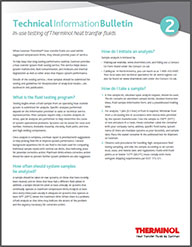For engineers and facilities managers, our system maintenance resource center provides assistance in start-up, operation and safety training, analysis of fluids, assistance on discharge and recharge of fluids, and much more.
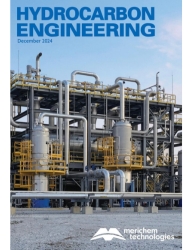
Reducing risks associated with heat transfer fluids in industrial processes.
In this issue, Matthias Schopf (DE) and Joshua Baptist (US) from Eastman Heat Transfer team outline the importance of Strictly Closed Controlled Systems guidelines in reducing risks associated with heat transfer fluids in industrial processes.
Discover how to evaluate your design and maintenance effectiveness.
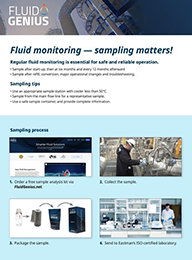
Fluid monitoring—sampling matters! How to sample safely
Test fluid from heat transfer systems while minimizing risk.
There are several safety precautions you should take to safely sample heat transfer fluid.
Read more on best practices for sampling. - Portuguese - German
Chemical Engineering article—Digitalization of heat transfer Fluid Systems
The spread of COVID-19 opened the world’s eyes to the weakness of much of its infrastructure and drove home the important role operators and engineers play in keeping manufacturing plants running.
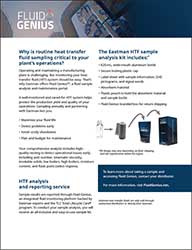
Why is routine heat transfer fluid sampling critical to your plant’s operations?
A well-monitored and cared-for HTF system helps protect the production yield and quality of your operations. Sampling annually and partnering with Eastman lets you maximize your fluid life, detect problems early, avoid costly shutdowns, and plan and budget for maintenance.
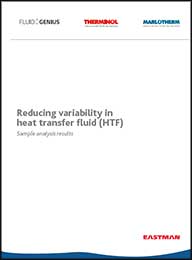
Reducing variability in heat transfer fluid (HTF) sample analysis results
Are the plots of your system’s fluid analysis test results lacking in statistical significance? With understanding of the factors contributing to variability in sample results, the desired, smooth trend lines are achievable.
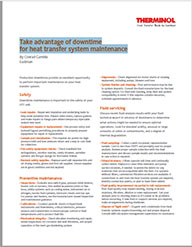
Take advantage of downtime for heat transfer system maintenance
Production downtimes provide an excellent opportunity to perform important maintenance on your heat transfer system.
Read more about maintenance during downtime.
利用停机时间进行导热油系统维护,防范于未然
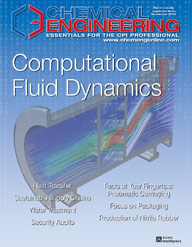
Chemical engineering article—ASTM standards for heat transfer fluids
High-temperature heat transfer fluids have a lower vapor pressure than water at high temperature, so the design pressure of a heat transfer fluid system can be lower. Most systems operate with the fluid in the liquid phase. A few fluids have a narrow boiling range and can be used in a vapor-phase system, but the design of the system is much different, and the process heating temperature must match the boiling range of the heat transfer fluid.
This practical overview of ASTM standards can serve as a road map when selecting and evaluating heat transfer fluids.
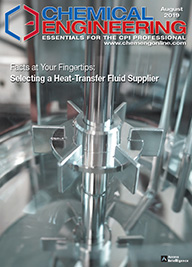
Chemical Engineering article—Selecting a heat transfer fluid supplier
Lean workforces are the norm in current plant environments. In the context of heat exchange systems, the current situation amplifies the need to select a heat-transfer fluid supplier with the expertise and technical resources to handle nonroutine circumstances. This one-page reference outlines questions that operating companies should consider when selecting a supplier.
Read more about how to select a heat transfer fluid supplier.

A practical guide to sustained heat transfer fluid performance
Did you miss our webinar in partnership with Chemical Engineering? Watch it now, and learn more about how to sustain the performance of your heat transfer fluid.

Hydrocarbon Engineering article—Monitor to maintain
Matthias Schopf, Eastman, Germany, shares the importance of including a fluid monitoring system when designing and operating heat transfer fluid systems.
Read more about the importance of including a fluid monitoring system. - English - Portuguese - Spanish -
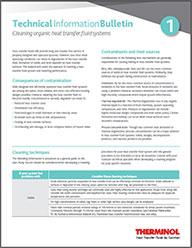
Therminol technical information bulletin—Cleaning organic heat transfer systems
Heat transfer fluids will provide long and trouble-free service in properly designed and operated systems. However, less-than-ideal operating conditions can result in degradation of the heat transfer fluid, formation of solids, and even deposits on heat transfer surfaces.
Read more about cleaning a heat transfer fluid system and restoring performance. - English - Portuguese - Spanish -
Therminol technical information bulletin—In-use testing of heat transfer fluid
When Eastman Therminol® heat transfer fluids are used within suggested temperature limits, they should provide years of service. To help keep that long-lasting performance optimal, Eastman provides a heat transfer system fluid testing service. This service helps detect system malfunction, fluid contamination, and moisture and thermal degradation as well as other areas that impact system performance.
Read more about the in-use testing service. - English - Portuguese - Spanish
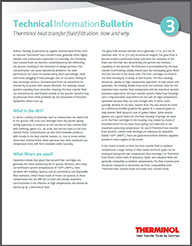
Therminol technical information bulletin—Fluid filtration: how and why
Indirect heating of processes by organic thermal liquid fluids, such as Eastman Therminol® heat transfer fluids, generally offers highly reliable, low-maintenance operation. Occasionally, the Therminol heat transfer fluid can become contaminated by dirt infiltrating the system, resulting in the formation of sludge particles. This contamination can cause operational problems.
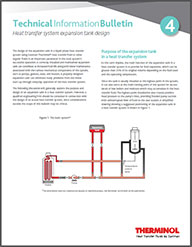
Therminol technical information bulletin—Heat transfer system expansion tank design
The design of the expansion tank in a liquid-phase heat transfer system using Eastman Therminol® heat transfer fluid or other organic fluids is an important parameter in the total system’s successful operation. A correctly installed and maintained expansion tank can contribute to increased fluid life along with lower maintenance associated with the various mechanical components of the system, such as pumps, gaskets, seals, and heaters.
Read more about how a properly designed expansion tank can eliminate problems.
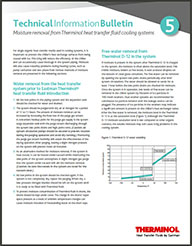
Therminol technical information bulletin—Moisture removal from heat transfer fluid cooling systems
For single organic heat transfer media used in cooling systems, it is important to prevent the chiller’s heat exchange surfaces from being coated with ice. This icing will reduce the efficiency of the chiller and can occasionally cause blockage in the system piping.
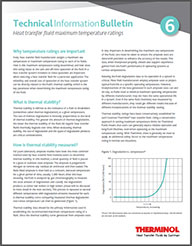
Therminol technical information bulletin—Heat transfer fluid maximum temperature ratings
Every heat transfer fluid manufacturer assigns a maximum use temperature or maximum temperature rating to each of its fluids. How is this maximum temperature rating determined, and how does this rating relate to the safe and efficient operation of the fluid in a heat transfer system?
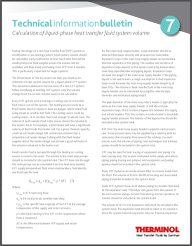
Therminol technical information bulletin — Calculation of liquid-phase heat transfer fluid system volume
During the design of a new heat transfer fluid (HTF) system or modification of an existing system, total system volume should be calculated. The information in this document can help you to develop an estimate of total system volume for a liquid-phase HTF system.
In-service heat transfer fluid sample analysis
Eastman offers testing of in-service heat transfer fluids to detect contamination, moisture, thermal degradation, and other conditions that may impact system performance. This comprehensive analysis includes acid number, kinematic viscosity, insoluble solids, low boilers, high boilers, and moisture content. Additional special analyses are available on request. Sample analysis includes sample collection kits that are easy to use. Most systems should be sampled annually. Users should also sample anytime a fluid related problem is suspected.
Request a free sample analysis kit
Safely sampling fluid from heat transfer systems
Don’t skip important safety precautions while sampling fluids from heat transfer systems. Not all heat transfer systems are the same, and you should consult your health and safety and technical experts to determine the right safety precautions for your system.
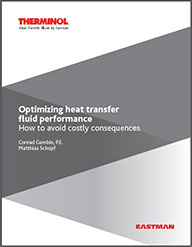
Therminol white paper—Optimizing heat transfer fluid performance
Even a perfectly designed and installed heat transfer fluid system is vulnerable to operational stress factors which can deteriorate its performance and can reduce fluid and system component lifetimes. Heat transfer fluids are an essential component of the operation of many high-temperature processes.
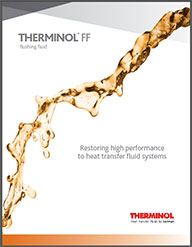
Therminol flushing fluid
Deposits from oxidized, thermally degraded, or contaminated fluid can foul interior surfaces, making it necessary to clean the system prior to charging with new fluid. Eastman Therminol® FF flushing fluid is a key component of a low-cost alternative to chemically cleaning a heat transfer system containing severely degraded or contaminated organic heat transfer fluid.
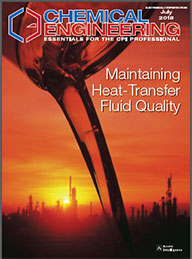
Chemical Engineering article—Maintaining Heat Transfer Fluid Quality
Organic heat transfer fluids (HTFs) are robust workhorses that are quite stable both thermally and chemically. However, they can yield to attacks from powerful or sometimes even subtle forces, falling short of the hopes and expectations of system owners. The best defense against these attacks is to know the strengths of a fluid and how to strategically intervene.
Read more about what might degrade your heat transfer fluid quality.
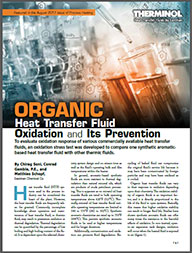
Process Heating article—Organic Heat Transfer Fluid Oxidation and Its Prevention
Heat transfer fluid systems used in the process industry can be considered the heart of the plant. However, the heat transfer fluids are frequently taken for granted. Commonly, incomplete knowledge about operation and maintenance of heat transfer fluid, or thermic fluid, may result in premature oxidation or thermal degradation.
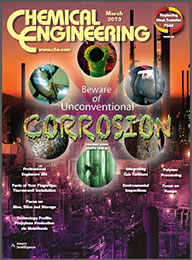
It’s on therminol.com: Five steps to replacing aged heat transfer fluid
Changing out used heat transfer fluid is critical to the efficiency of a heat transfer system; as is complying with regulatory requirements for the disposal of the used fluid. This article explains the steps involved in determining when a fluid should be replaced; flushing and cleaning; and refilling the system.
Read these guidelines to ensure efficient operation of heat transfer systems, and learn how to properly exchange and dispose of aged fluids.
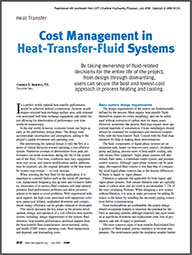
Industrial hygiene monitoring: Environmental, safety and health issues
By taking ownership of a project’s fluid-related decisions, from design through dismantling, users can secure the best and lowest cost heating and cooling.
Cost effectiveness in heat transfer fluid system maintenance is possible by partnering with component engineering firms and fluid manufacturers that offer extensive support and consultation for the life of the system.
Environmental, safety and health issues should be at the forefront of heat transfer system design and operation. Industrial hygiene monitoring should be done in areas handling mineral oils and synthetics with permissible exposure limits (PELs) established by the U.S. Occupational, Safety and Health Administration (OSHA). Fluid manufacturers can offer guidance on exposure measurement techniques.
Read more about cost management in heat transfer systems and contact us for guidance on closed systems and explore measurement techniques.

Chemical Engineering article—Heat Transfer Fluid Leaks: Break the Fire Triangle
Extreme processing temperatures present the greatest risk. Know where leaks are most likely to occur and how to prevent them.
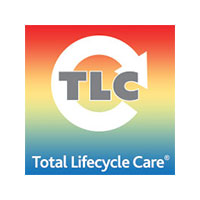
TLC Total Lifecycle Care®
We want you to succeed! The TLC Total Lifecycle Care program from Eastman is designed to support Therminol customers throughout their systems' life cycle. This comprehensive program includes sample analysis, system design support, operational training, safety awareness training, start-up assistance, and fluid flush and refill.

